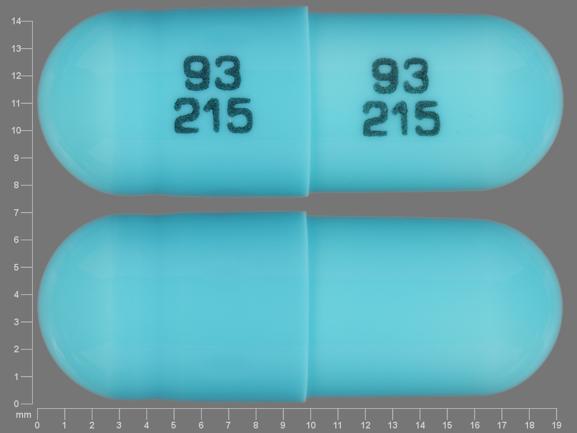Zinc Acetate Dosage
Medically reviewed by Drugs.com. Last updated on Jun 27, 2025.
Applies to the following strengths: 50 mg; 25 mg
Usual Adult Dose for:
Usual Pediatric Dose for:
Additional dosage information:
Usual Adult Dose for Wilson's Disease
50 mg orally 3 times a day
Comments:
- Use is not recommended for initial treatment of symptomatic patients because of its slow onset of action (by zinc-induced increase in metallothionein and copper uptake blockade).
- Use chelating agents for initial treatment.
- When patient is clinically stable, treatment with zinc acetate can begin; continue chelation therapy as clinically indicated.
Use: Maintenance treatment of Wilson's disease initially treated with a chelating agent
Usual Pediatric Dose for Zinc Deficiency
US Recommended Dietary Allowance (RDA) of elemental zinc:
0 to 6 months: 2 mg (adequate intake)
7 to 12 months: 3 mg
1 to 3 years: 3 mg
4 to 8 years: 4 mg
9 to 13 years: 8 mg
14 to 18 years:
- Male: 11 mg
- Female: 9 mg
- Pregnancy: 12 mg
- Lactation: 13 mg
Usual Pediatric Dose for Wilson's Disease
10 years and older:
Usual dose: 25 mg orally 3 times a day
- May increase to 50 mg 3 times a day if monitoring indicates lessening of control
Comments:
- Use is not recommended for initial treatment of symptomatic patients because of its slow onset of action (by zinc-induced increase in metallothionein and copper uptake blockade).
- Use chelating agents for initial treatment.
- When patient is clinically stable, treatment with zinc acetate can begin; continue chelation therapy as clinically indicated.
Use: Maintenance treatment of Wilson's disease initially treated with a chelating agent
Renal Dose Adjustments
Data not available
Liver Dose Adjustments
Data not available
Dose Adjustments
Pregnant women: 25 mg 3 times a day, if patient is compliant with therapy
- May increase to 50 mg 3 times a day if monitoring indicates lessening of control
Precautions
CONTRAINDICATIONS:
- Hypersensitivity to any of the ingredients
Safety and efficacy have not been established in patients younger than 10 years.
Consult WARNINGS section for additional precautions.
Dialysis
Data not available
Other Comments
Administration advice:
- Take on an empty stomach, 1 hour before or 3 hours after meals, as food and beverages (other than water) decrease zinc uptake.
- Swallow capsules whole; do not open or chew
- Rare gastric intolerance (usually with the morning dose) can be dealt with by taking the dose between breakfast and lunch.
Monitoring:
- Monitor using 24-hour urine and symptomatic assessment; can also use to measure compliance.
- Use non-copper collection equipment for urine and blood sampling; use equipment that can detect copper levels as low as 0.01 microgram/mL.
- Where available, radioactivity can be measured 1 to 2 hours after 64copper administration; levels under 1.2% of the given dose indicate adequate control.
- Do not use hepatic copper levels to manage therapy; potentially toxic free copper and safely bound copper are not differentiated.
- Urinary copper accurately reflects body copper status in patients not on chelation.
- Chelation therapy (e.g. penicillamine, trientine) usually increases urinary copper.
- Adequate therapy eventually decreases urinary copper to 126 microgram/24 hours or less.
- Significant upward trends in urinary copper signals loss of copper control.
- Non-ceruloplasmin copper was kept under 20 micrograms/dL in the US study.
- Conduct neurological evaluations (including speech) and liver function tests (including bilirubin and aminotransferases) as needed.
- Obtain non-ceruloplasmin copper (free copper) by subtracting ceruloplasmin-bound copper from total plasma copper.
- There are 3 micrograms of copper in each milligram of ceruloplasmin.
Patient advice:
- Strict adherence to the regimen is essential for optimal copper control; reinforce the need for compliance with every contact.
Frequently asked questions
More about zinc acetate
- Check interactions
- Compare alternatives
- Side effects
- During pregnancy
- Drug class: minerals and electrolytes
- En español
Patient resources
Other brands
Professional resources
Other brands
Related treatment guides
See also:
Further information
Always consult your healthcare provider to ensure the information displayed on this page applies to your personal circumstances.


